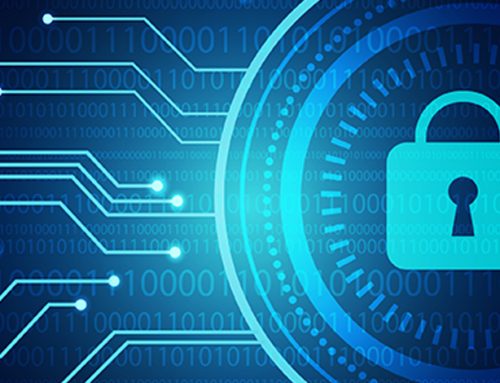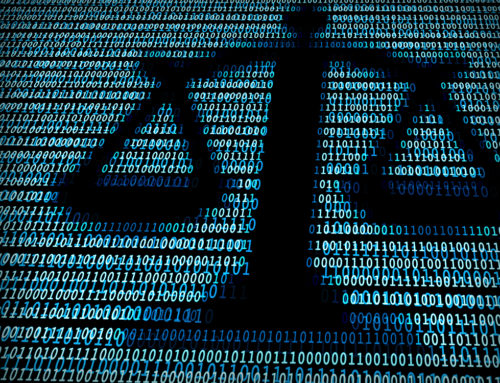This article was originally posted on TechLawForum@NALSAR. The same can be accessed here.
In a two-part article, Ankush Rai elaborates on the interaction between the Civil Procedure Code and technology.
This part gives a short introduction and a skeleton of the piece. It also locates the reason for integrating technology with the Civil Procedure Code and then shows how the courts have done so in the context of issuing summons.
In a recent case, the Delhi High Court accepted that summons could be served by WhatsApp and also stated that a ‘double tick’ would prima facie imply that summons have been duly delivered. This case serves as an example of how courts in India have gradually allowed for summons to be served through various electronic means. Additionally, this case also brings forth two larger points for consideration. Firstly, law and society are constantly in flux and one should adapt to the changes in the other. In this case, the law has adapted to the technological changes in society with the help of courts. Secondly, technology can be used to fulfil the larger objectives of law and justice in an effective and efficient manner. Herein, sticking to the ancient and rigid means of delivering summons would have further delayed the disposal of the case. By accepting WhatsApp messages as summons the Court fulfilled the larger objective of an efficient and speedy trial.
This piece aims to look at how technology has impacted civil litigation in India and in other countries with reference to old procedures that have been relaxed or new procedures that have been created to accommodate for the technological changes. This piece would deal with the impact that these changes would have on a practical and theoretical level of delivering justice. Additionally, this piece will also look at precautions to be taken while integrating technology in civil litigation.
TECHNOLOGY AND CPC
Locating the need for integration of technology in civil litigation
Among the more important goals of the Civil Procedure Code are efficiency and speedy trial. Without having an efficient and speedy trial, it cannot be claimed that justice has been truly achieved. After all, as the saying goes – ‘Justice delayed is justice denied.’ However, in reality, the judicial system has failed to keep trials efficient and speedy. This is reflected in the statistics of pendency. As per the 2018-19 report of the Economic Survey of India, there are 3.53 crore cases currently pending across all levels of the Indian judiciary, out of which nearly 88% are in the subordinate courts. Among these cases, there is an almost even split between civil and criminal cases. Additionally, more than 64% of cases are pending for more than a year at the subordinate court level. At the level of the High Court where there are 43.55 lakh cases pending, 18.75 lakh relate to civil matters and 12.15 lakh criminal cases. At the Supreme Court level, there are 59, 616 matters still pending. Hence, it can be said without a shadow of doubt that pendency is a huge problem in the Indian judiciary.
Several ways of solving this problem have been proposed and some implemented as well. For example – appointing more judges at all levels of the judiciary is a step that is being pursued to solve the problem of pendency. However, looking at the scale of the problem, it is vital that a multifarious approach be deployed to solve it. Appointing more judges is simply one way of doing it. Improving the efficiency of courts through specified time frames, new methods of court and case management and integration of technology in procedural aspects are other ways in which the problem of pendency may be tackled.
The approach of the courts in integrating technology with civil litigation
This part of the piece deals with how the courts have mixed technology in civil litigation with regard to issuing summons. The next part would deal with e-filing, advantages of such integration and the precautions that need to be observed doing the same.
Summons
As mentioned earlier, the court has been proactive in integrating technology with civil litigation procedures. This has mainly been seen in the context of issuing summons to parties. Order V of the CPC deals with the issue and service of summons. Rule 9(2) of Order V gives Courts the power to deliver summons in any manner it deems fit. Additionally, Rule 9(3) of the CPC contains the words – ‘any other means of transmission of documents (including fax message or electronic mail service)’. There is an in-built level of flexibility in the CPC itself. Courts over-time have used these provisions to integrate new kinds of technology to issue summons.
One of the earlier instances of this was seen when the Court allowed summons to be served through e-mail and SMS in the famous 2G Spectrum cases. Moreover, the Delhi High Court framed rules regarding the service of legal notices through the use of email, under Part X and Order V, Rule 9 of the CPC. Even the Supreme Court in the case of Central Electricity Regulatory Commission v. National Hydroelectric Power Corporation Ltd allowed for service of notice via email along with ordinary methods of serving notice. The Court remarked that the majority of cases were commercial cases and were pending primarily due to notices not being served. Again, in the case of Indian Bank Association v. Union of India, the Supreme Court emphasized the need to adopt a pragmatic and realistic approach when issuing summons and allowed for summons to be issued via email as well.
In a more recent trend, courts have accepted the validity of serving summons through WhatsApp. The first such case was in Haryana where a financial commission head by IAS officer Ashok Khemka allowed for the serving of summons via WhatsApp in a property dispute. In another case of Tata Sons and Ors v. John Does, Justice Endlaw of the Delhi High Court allowed the right to serve summons via WhatsApp and email to the defendant. Another instance of this was seen in a copyright infringement case in the Bombay High Court where the court allowed the issuing of summons through WhatsApp after the traditional ways of serving summons had failed. Additionally, as mentioned earlier – the Delhi High Court has even observed that the double tick feature on WhatsApp would imply that summons have been duly served.
The integration has been such that the Rajasthan High Court launched the first mobile application for electronic service of summons. This application will send the summon to the concerned party via the NSTEP system (National Service and Tracking of Electronic Processes). Additionally, in order to ensure that it has been duly received, the application will capture a photo, signature/thumb impression and the GPS location of the recipient. This will act as proof that summons has been issued and duly received and hence courts can proceed with the case according to the procedure.
Therefore, it can be observed how the process of issuing summons has changed so much due to the integration of technology. The shift from fax messages to email to WhatsApp shows clearly that technology has had a direct impact on the civil procedure code. This is bound to make the procedural aspect of civil litigation more efficient and speedier.
Ankush Rai is a third-year student of NALSAR, Hyderabad and a member of the Nyaya Forum.







Leave A Comment